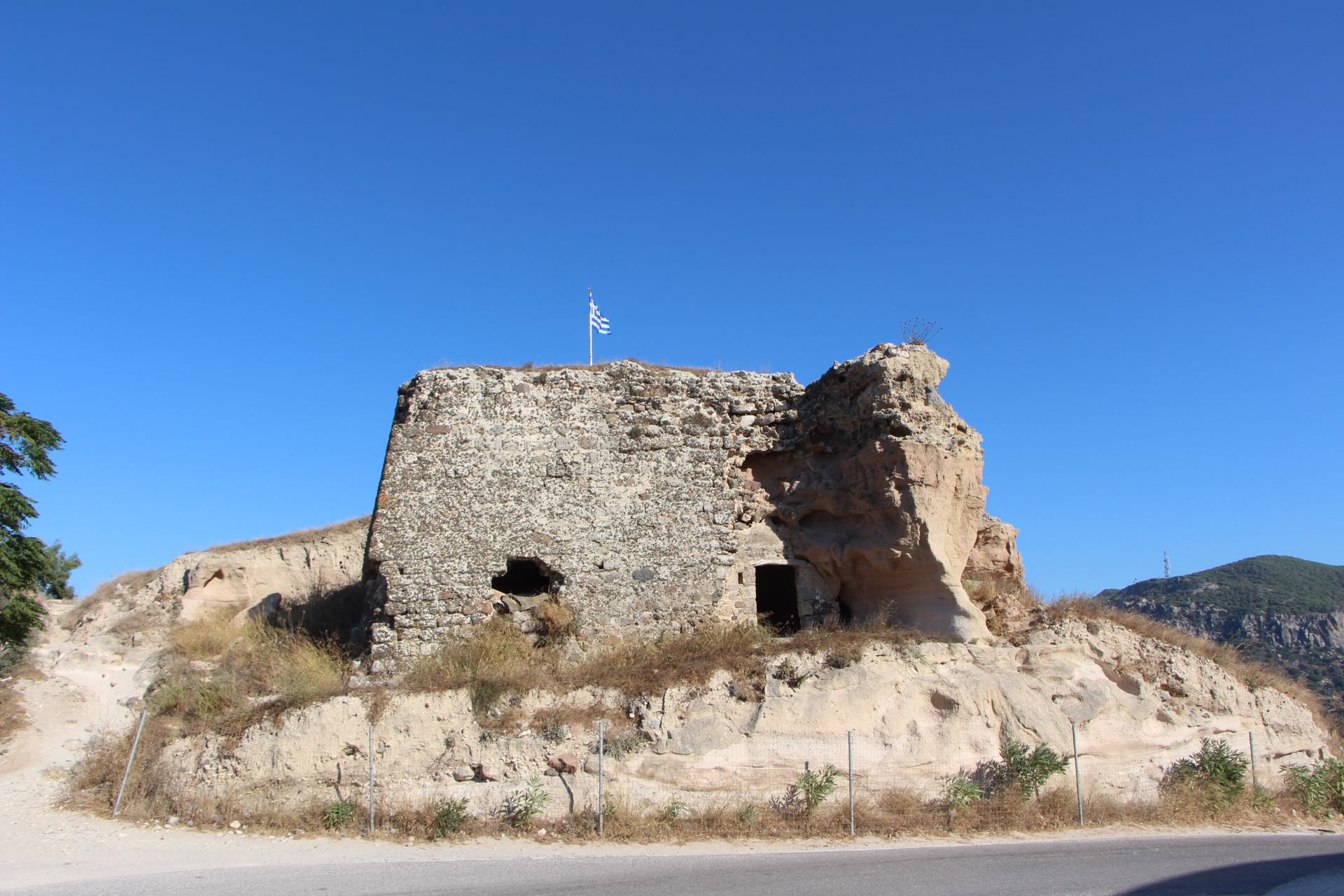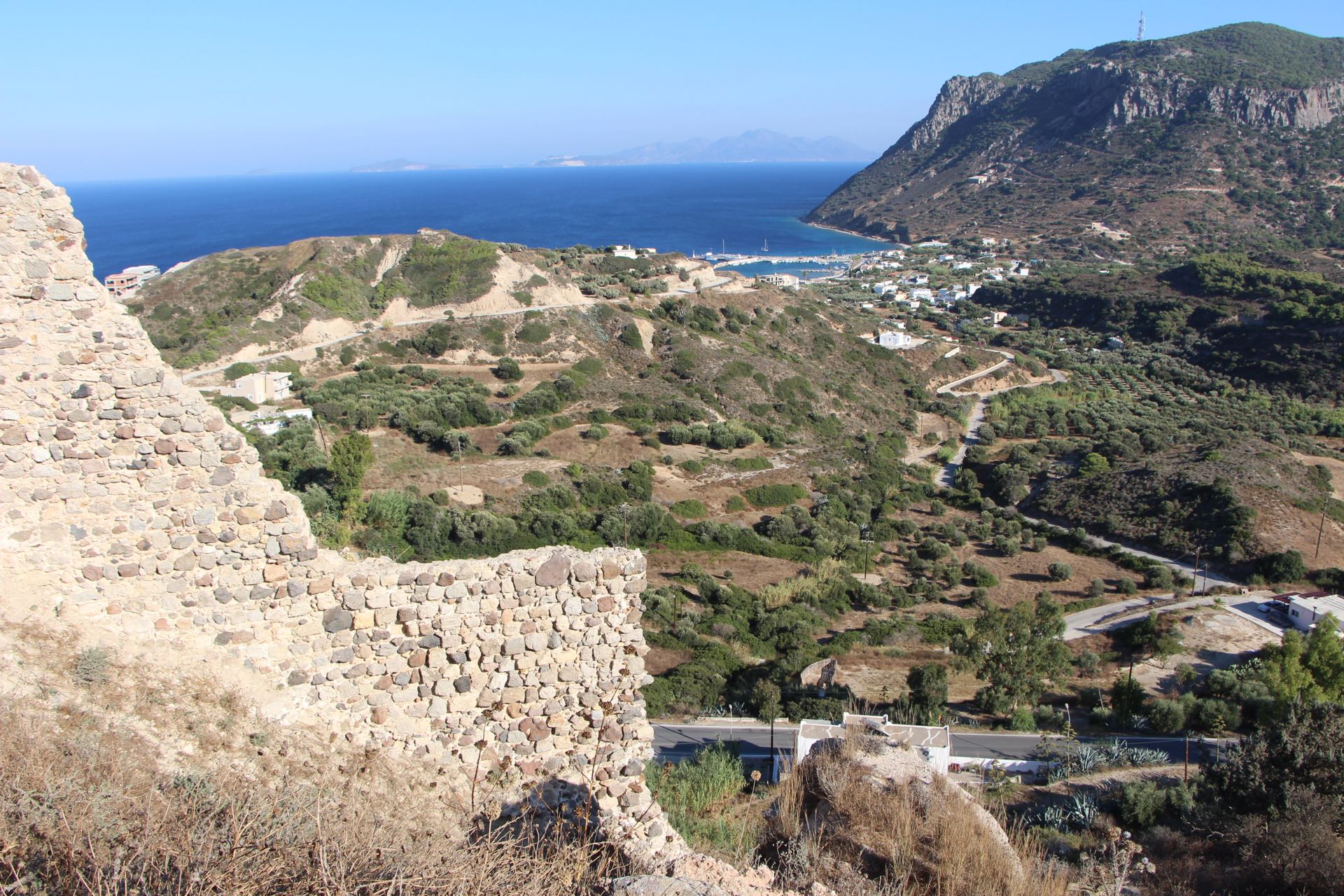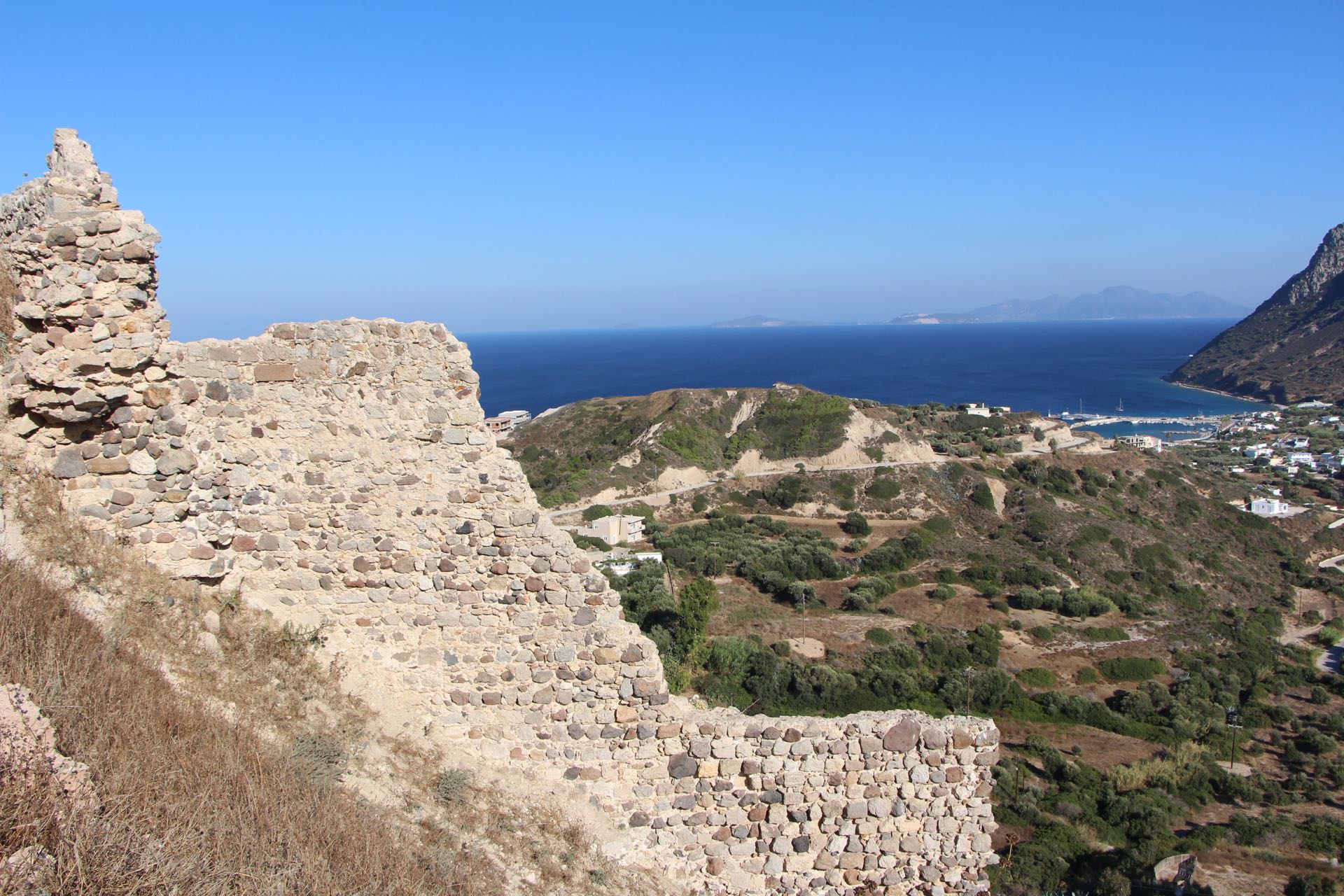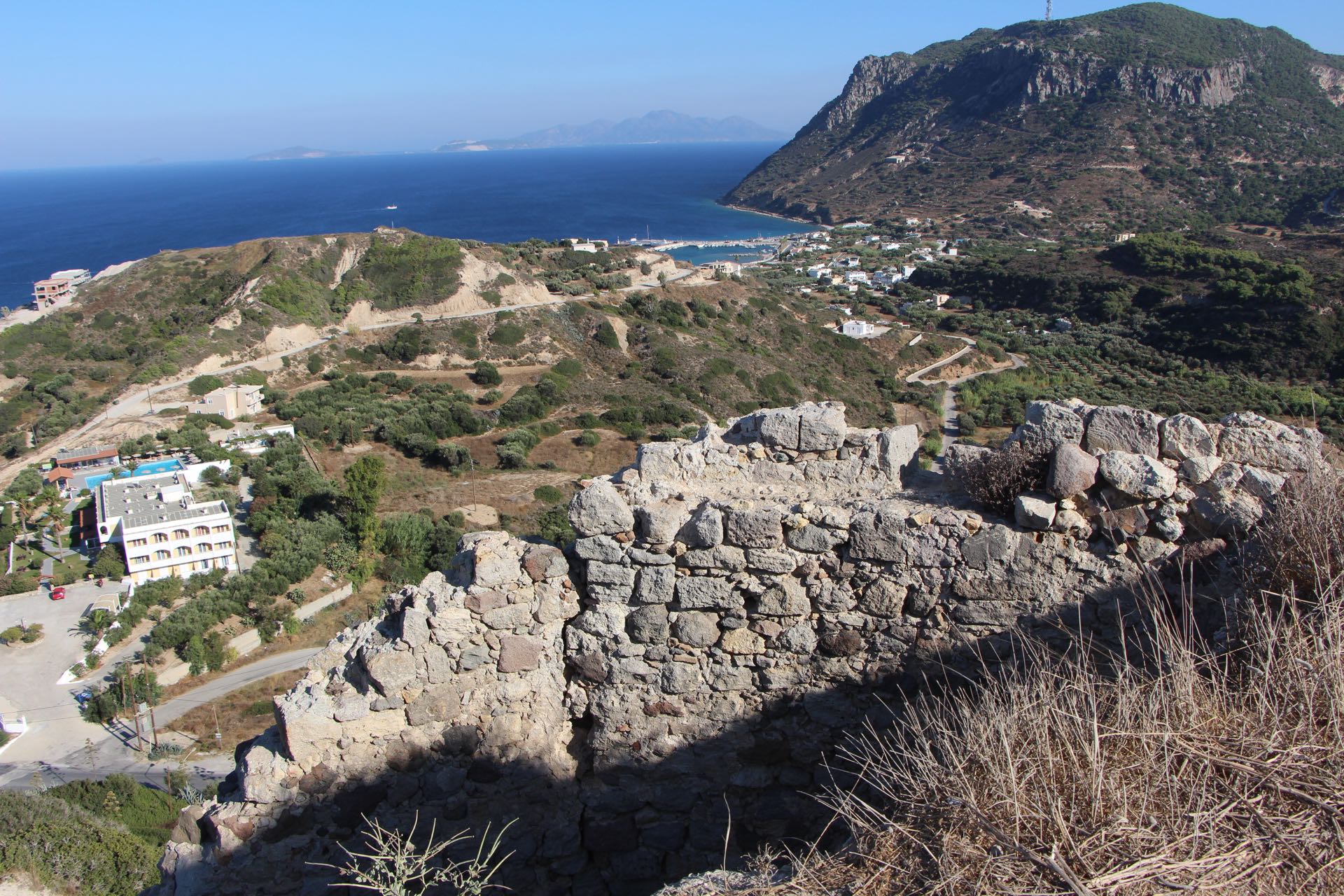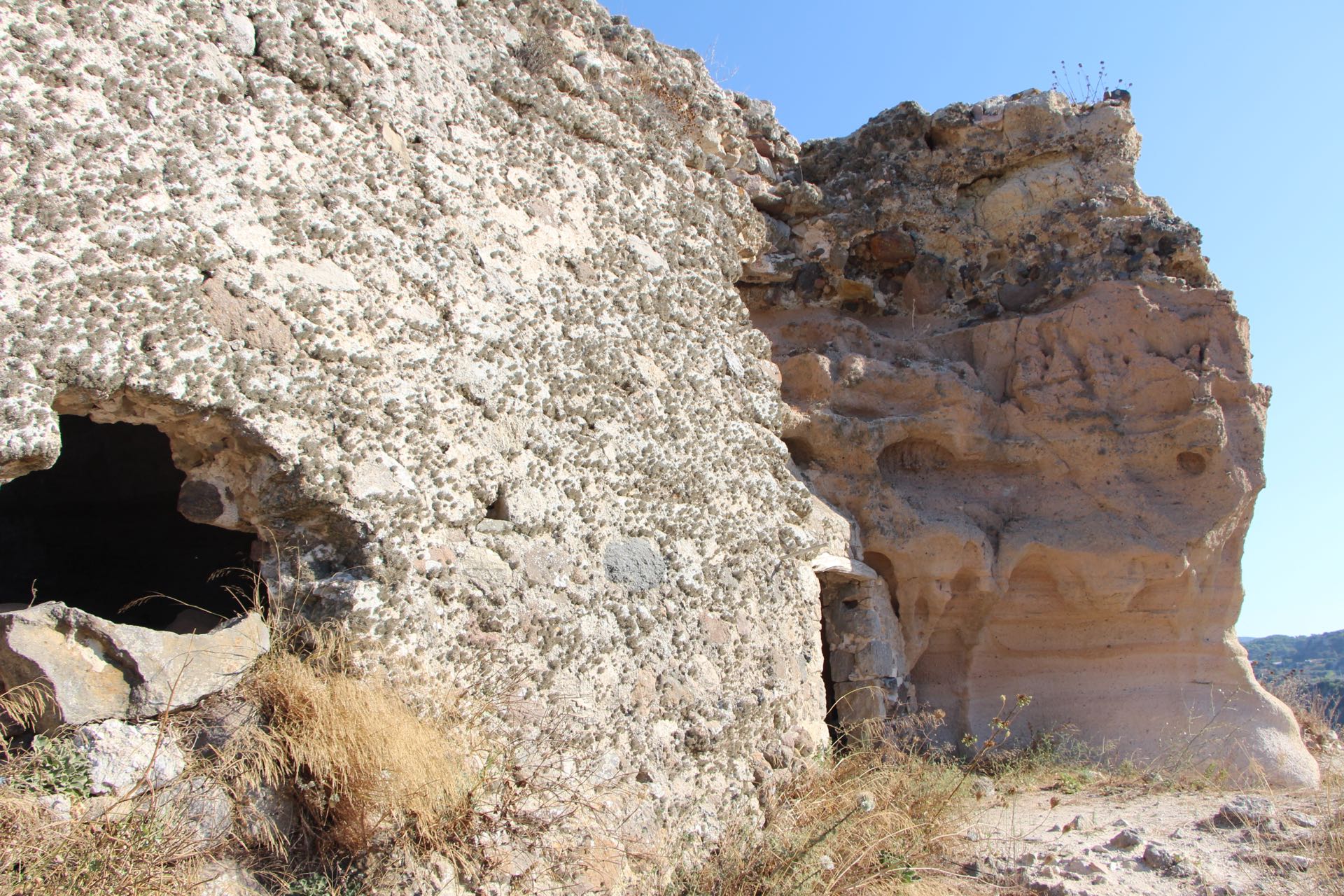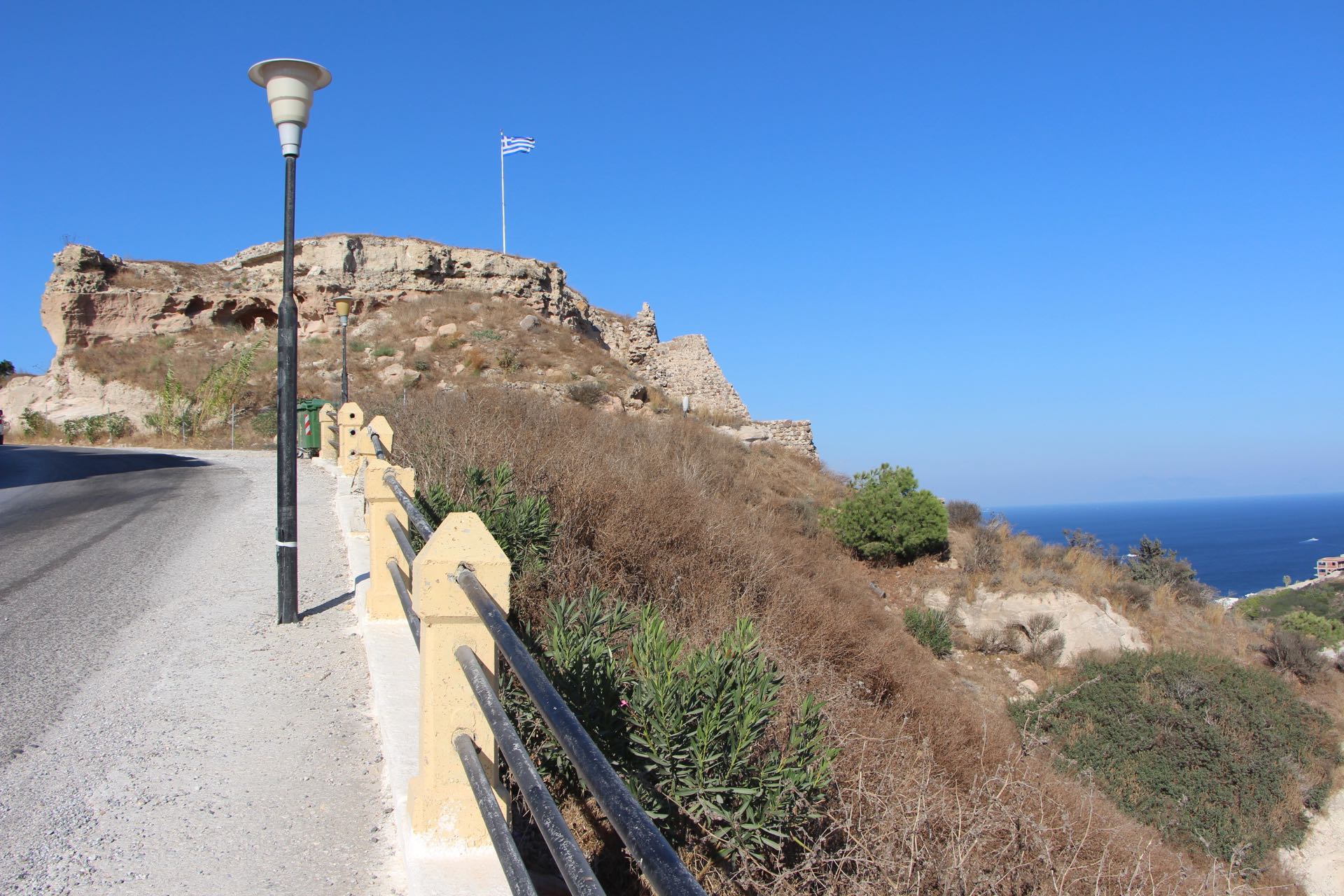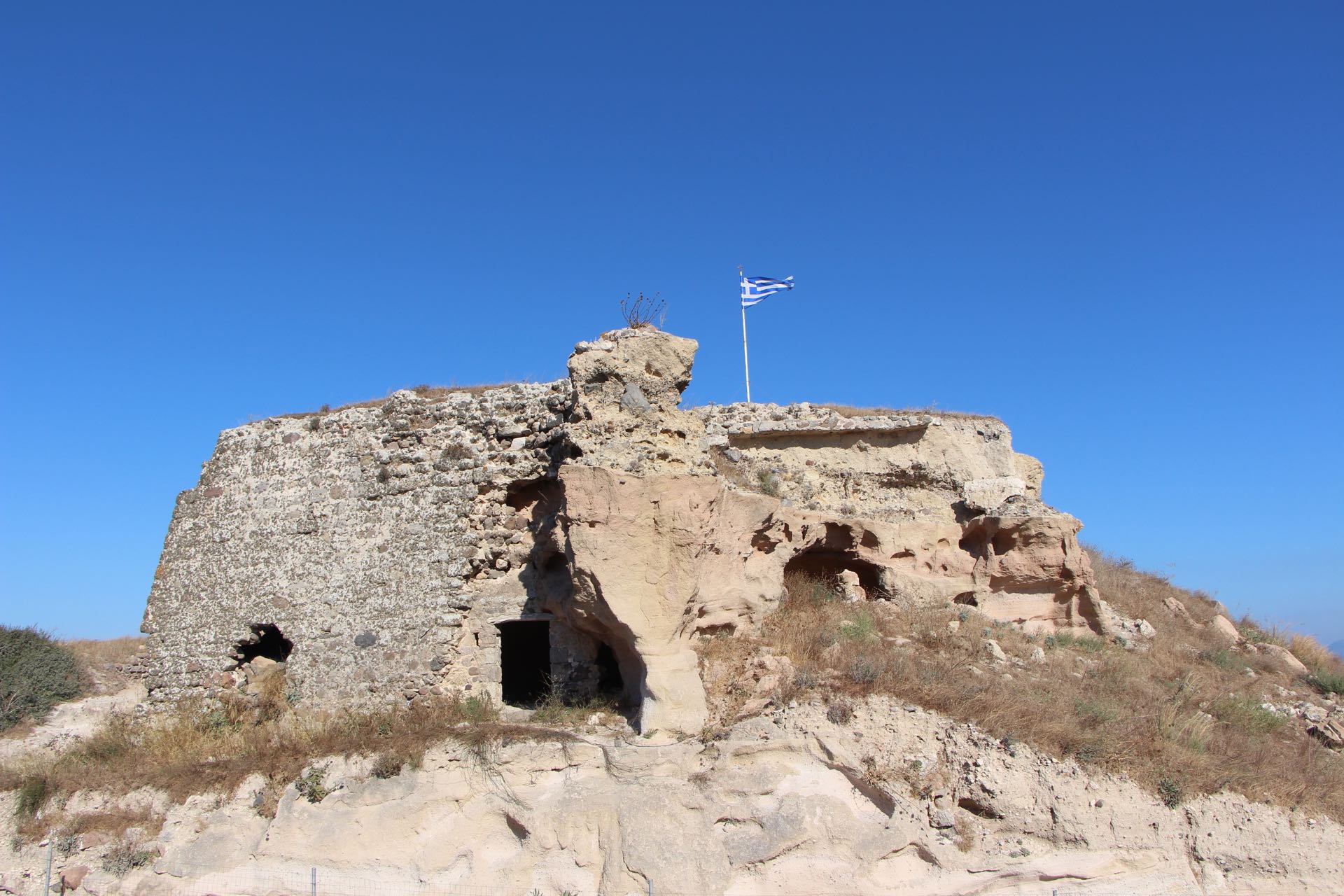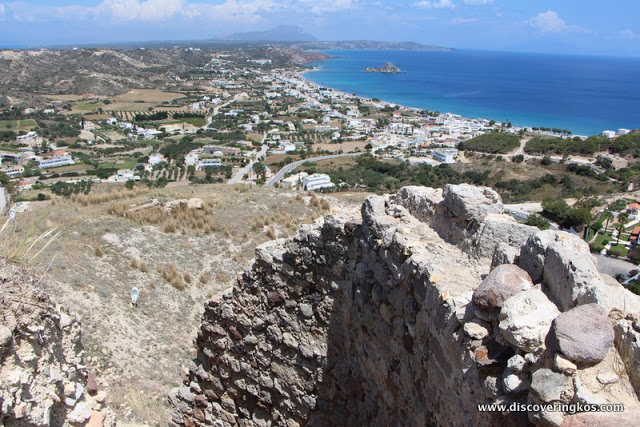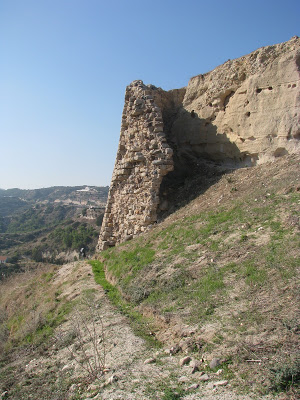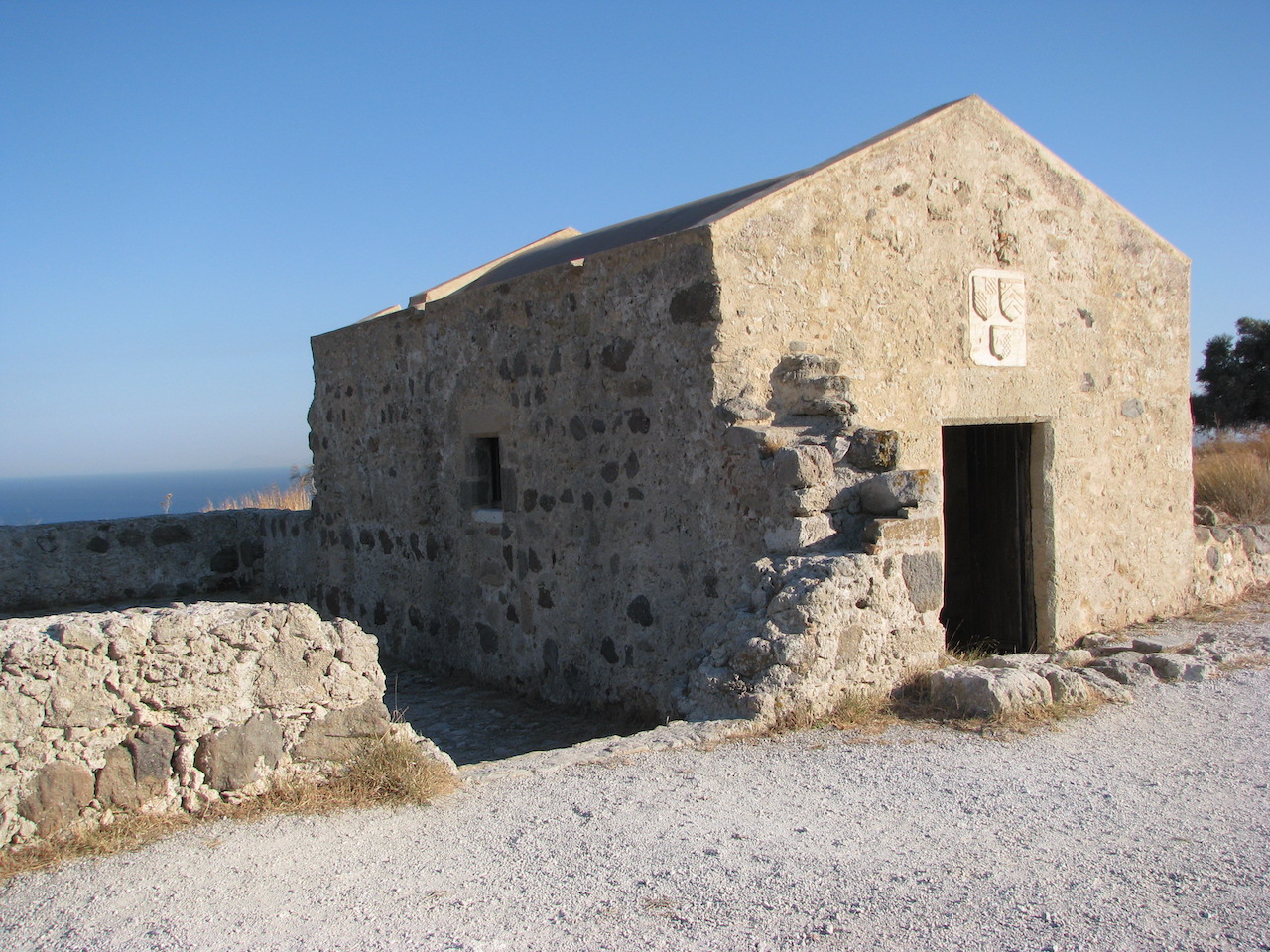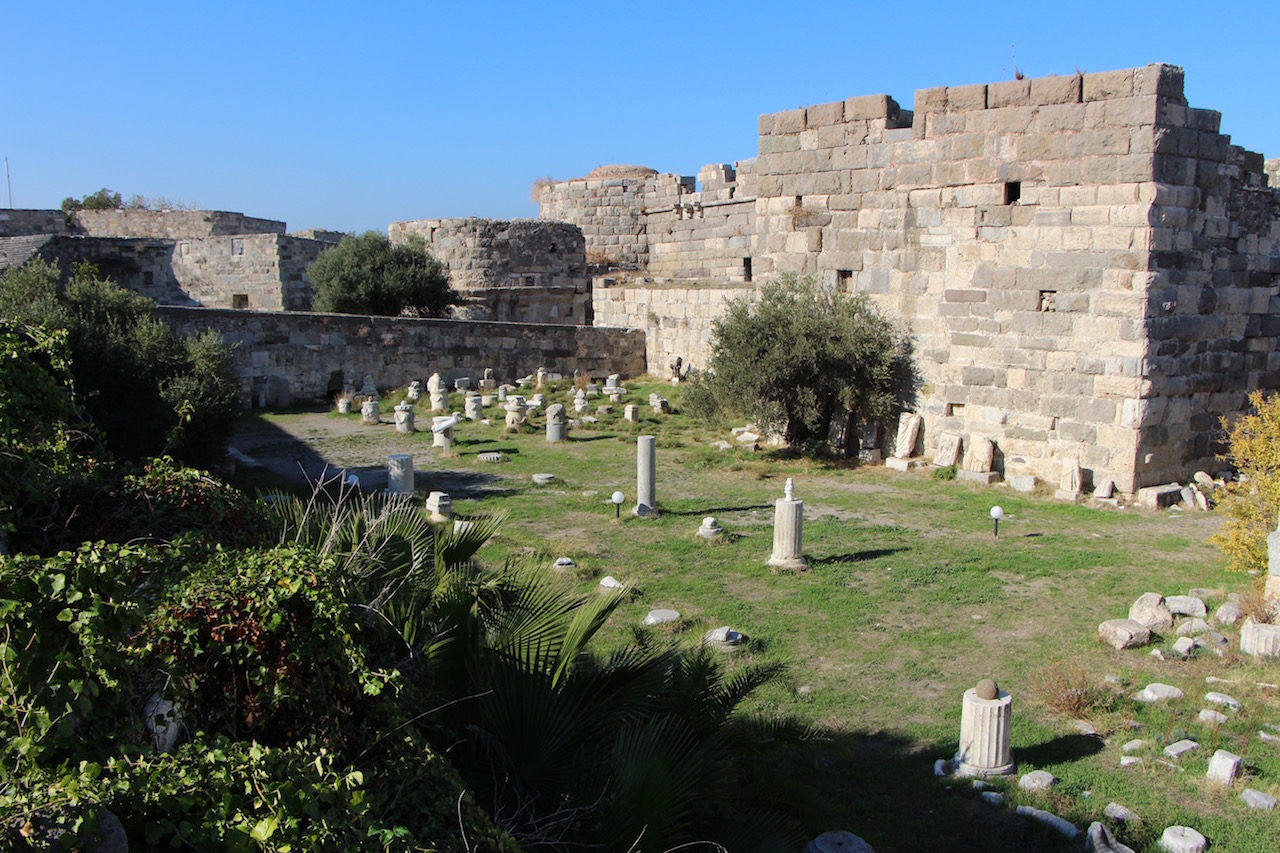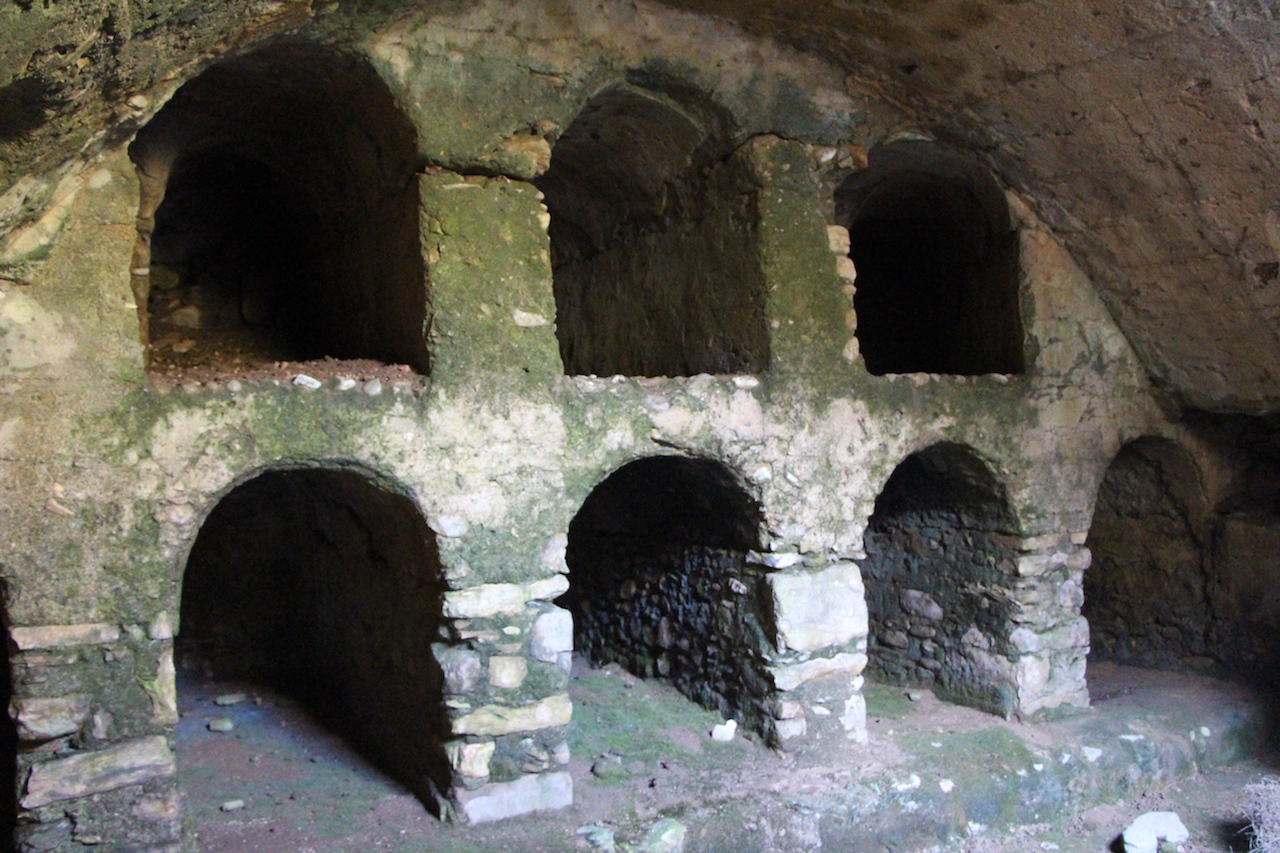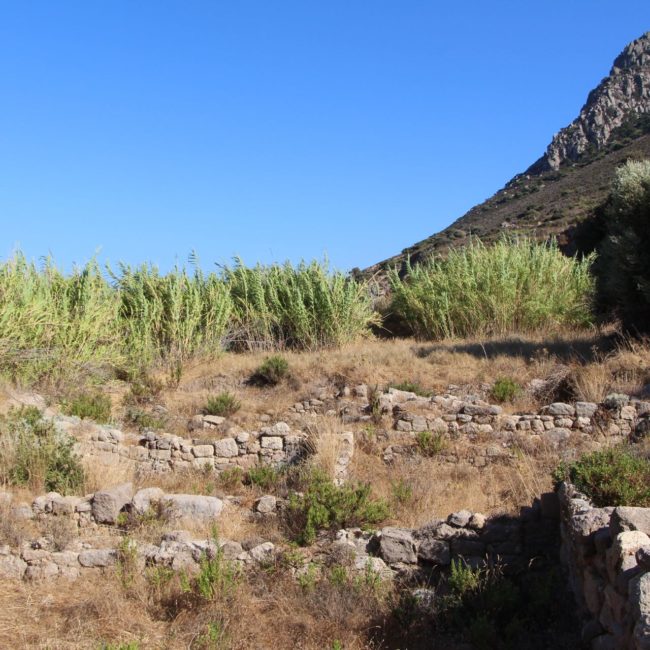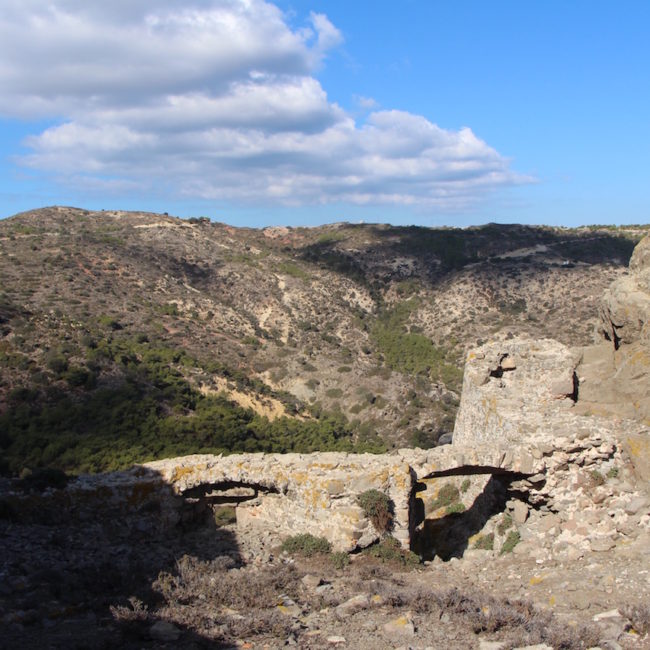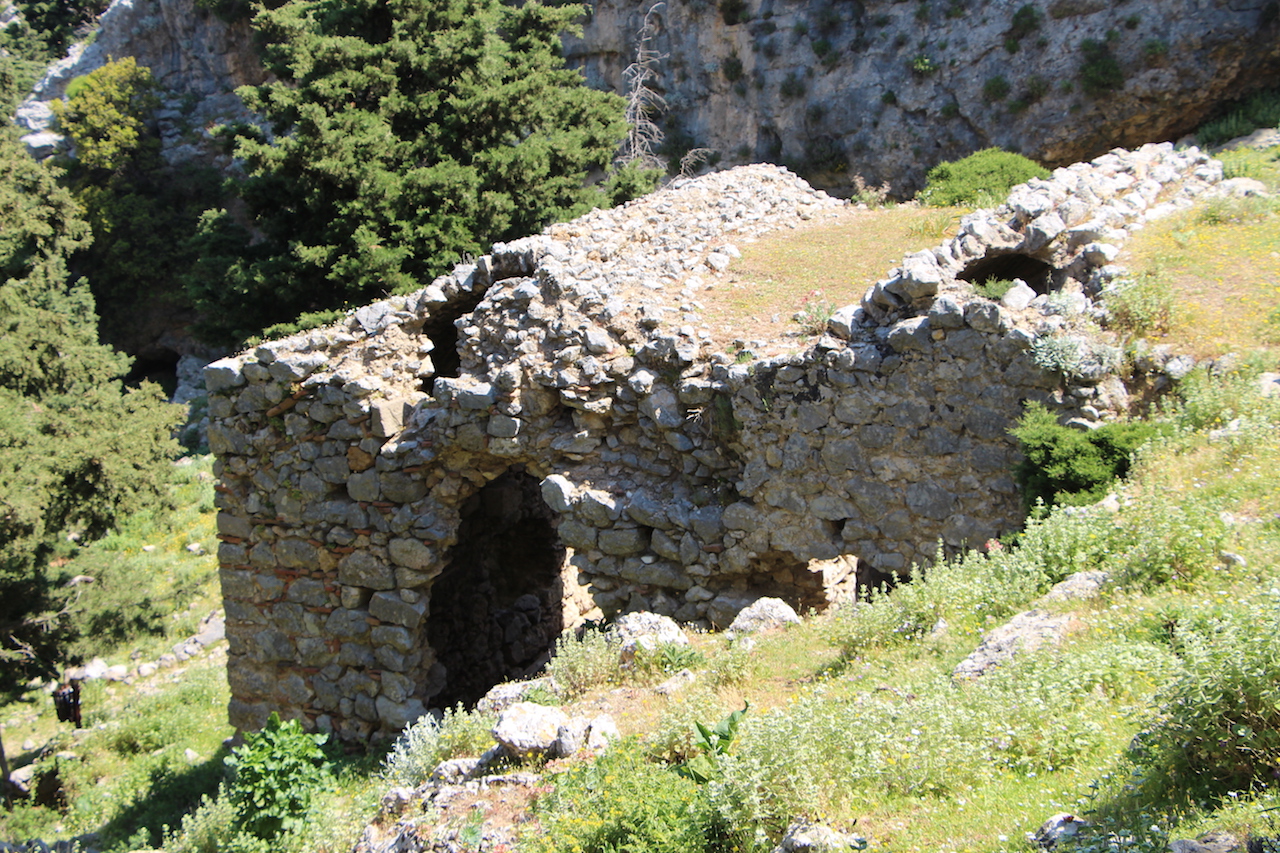
The History and Legacy of Kefalos Castle
The Kefalos Castle, an imposing structure perched on a rocky outcrop, is a significant historical landmark on the island of Kos. It is believed to have been constructed during the late 14th century or early 15th century, reflecting the strategic importance of its location. Positioned on a hill that dominates the surrounding landscape, the castle’s vantage point provided it with a commanding view of the area, making it an essential stronghold during its time.
Strategic Location and Defense
The castle’s prime location was a key factor in its historical significance. It stood as a sentinel over the region, overseeing the bay of Kamari, Aghios Stefanos, and the island of Kastri. The natural elevation of the site offered a significant defensive advantage, allowing those within its walls to spot approaching threats from afar. This strategic positioning made it a formidable fortress against potential invaders, including the Ottoman forces.
Despite its advantageous location, Kefalos Castle faced numerous challenges. The surrounding plateau, once a sturdy foundation, began to suffer from erosion over time. This gradual deterioration weakened the castle’s defenses. The situation was exacerbated by the devastating earthquake of 1493, which caused considerable damage to the castle’s structure.
Restoration and Decline
In response to the earthquake’s destruction, restoration work on the castle began. The efforts to repair and reinforce the fortifications continued until 1505. During this period, the Knights of St. John, who had taken over the castle’s maintenance and defense, worked diligently to restore its previous strength. However, following the completion of the restoration, the castle’s defensive role was largely abandoned. The Knights of St. John withdrew, leaving the fortress to face further neglect.
The castle did not remain entirely deserted after the Knights’ departure. Evidence suggests that the area continued to be inhabited throughout the 16th and 17th centuries. However, its function during the Ottoman era remains somewhat ambiguous. It is unclear whether the castle maintained its military purpose or was repurposed as a dwelling or administrative building during this time.
Contemporary Significance
Today, the remnants of Kefalos Castle are an evocative historical site located within the modern town of Kefalos. The ruins, while weathered and worn, still offer a glimpse into the past. Visitors can explore the remnants of the fortress walls and towers, which continue to offer panoramic views of the surrounding landscape. The castle’s location provides a striking vantage point to overlook the picturesque bay of Kamari, the nearby village of Aghios Stefanos, and the distant island of Kastri.
The ruins serve as a testament to the castle’s historical significance and enduring presence throughout the centuries. They stand as a reminder of the strategic military importance of the site, as well as the various phases of occupation and use that the castle has experienced over time.
Visiting Kefalos Castle
For those interested in exploring the historical and architectural legacy of Kefalos Castle, there are several aspects to consider:
- Location: The castle is situated within the town of Kefalos, easily accessible for visitors. Its elevated position offers spectacular views of the surrounding bay and islands.
- Historical Context: Understanding the castle’s history enhances the experience of visiting. Reading up on the period of the Knights of St. John and the Ottoman era can provide valuable insights.
- Exploration: Walking through the ruins allows visitors to appreciate the castle’s strategic design and the impact of natural elements on its preservation.
Kefalos Castle remains a fascinating destination for history enthusiasts, offering a glimpse into the island’s medieval past and the enduring legacy of its fortifications. Whether you are a history buff or simply enjoy exploring historical sites, the castle’s dramatic setting and rich history make it a worthwhile visit.






